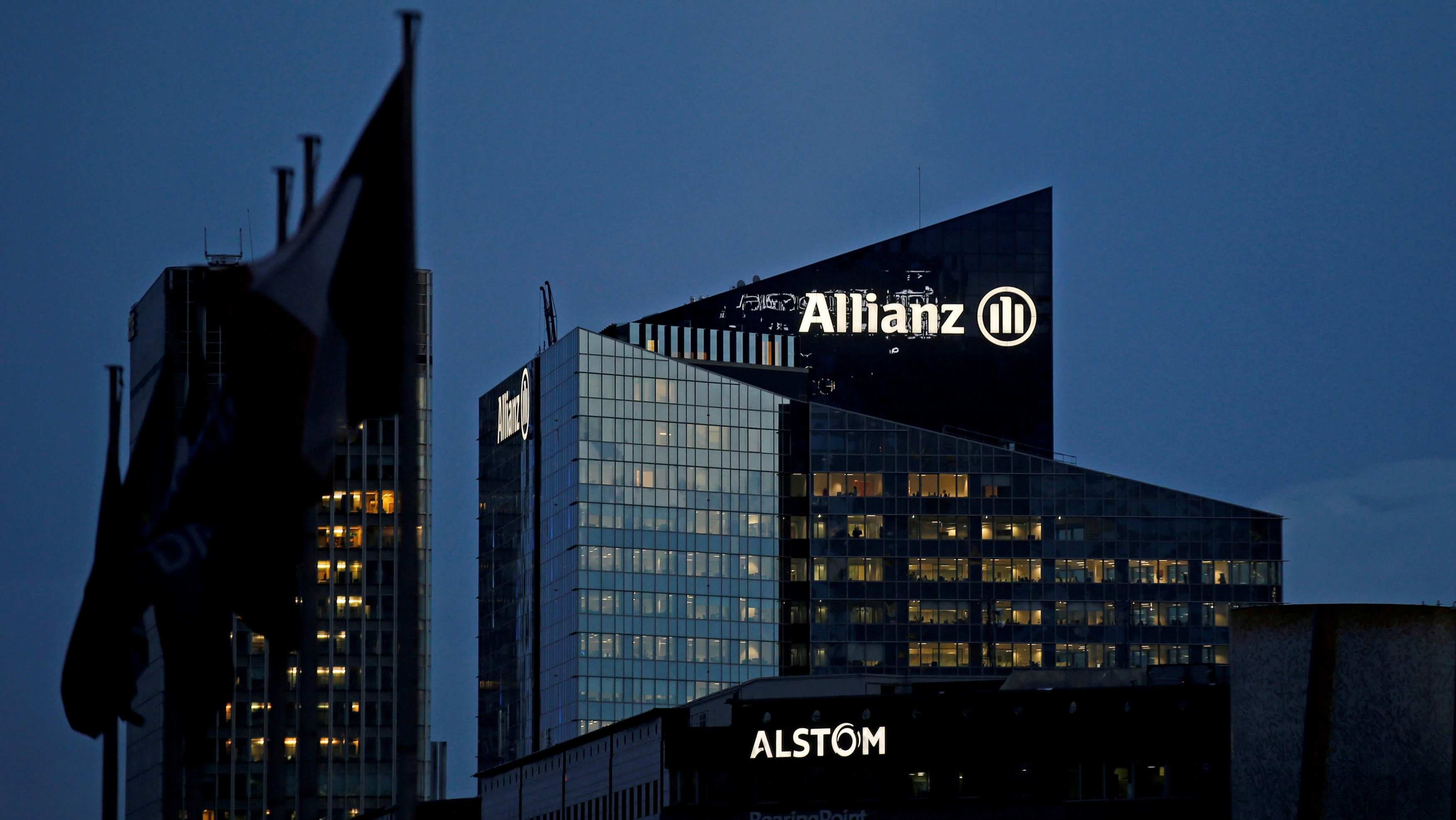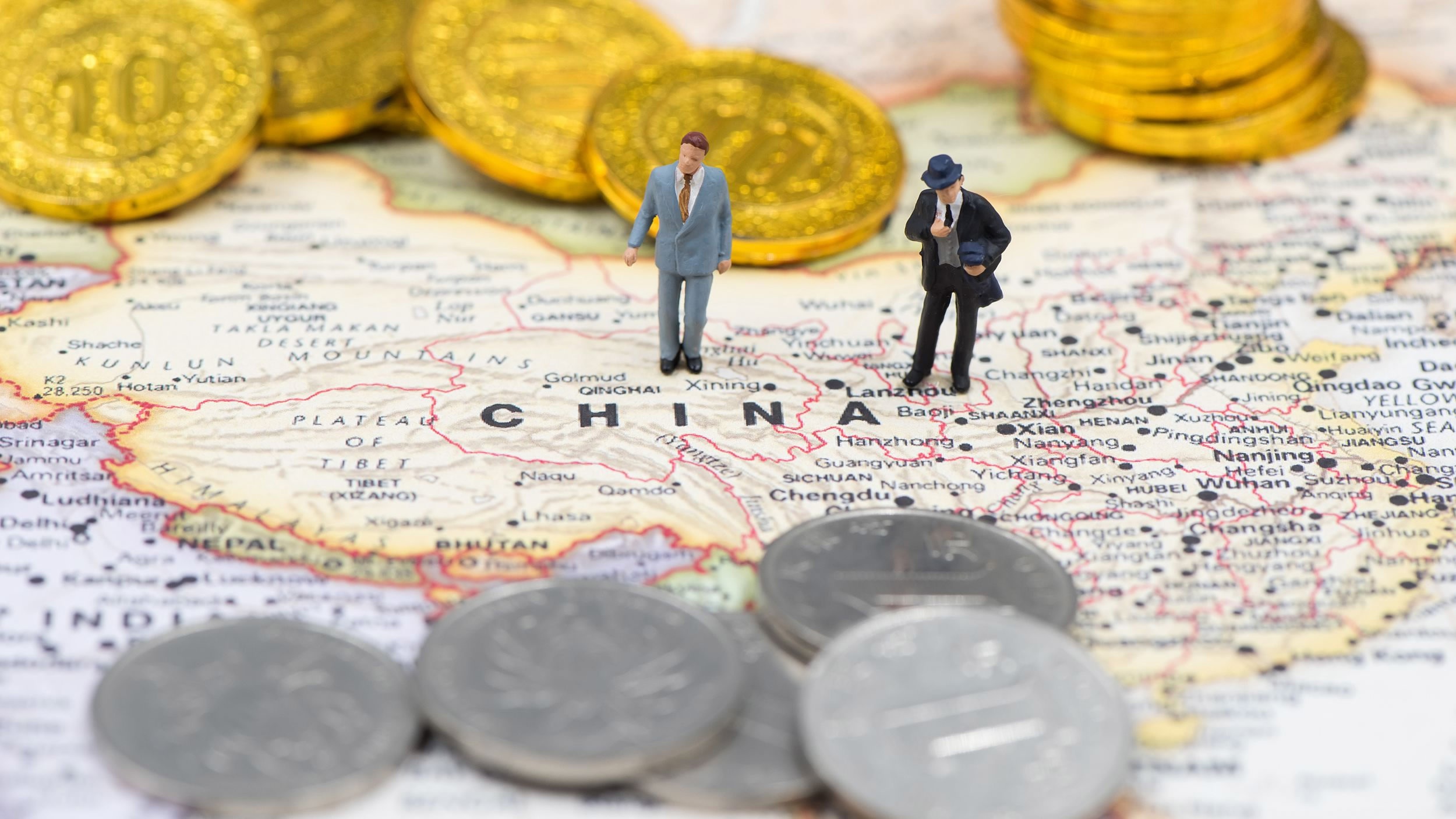
Business
18:23, 28-Sep-2017
Allianz: Chinese household assets surge amid growing debt levels
by Nicholas Moore

Chinese households recorded the second fastest growth of financial assets in 2016, according to the latest annual Global Wealth Report by German insurer Allianz.
The report warns that while China is amassing more wealth and changing the structure of the world’s middle class, its debt levels have tripled in the last decade.
Allianz found that in a year when China represented 30 percent of overall global growth, household assets jumped 17.9 percent.
Chinese private investors opt for securities, higher yields
According to Allianz, the growing wealth being amassed by China’s middle class is being invested into increasingly diversified portfolios. Chinese private money is going into securities and wealth management products, rather than the pension funds and life insurance policies favored by other Asian countries like Singapore and South Korea.

VCG Photo
VCG Photo
According to Allianz's report, 53 percent of Chinese financial assets were in securities, compared to a 36 percent average across Asia and 18 percent in Japan.
In South Korea, 32 percent of gross financial assets are in insurance funds, compared to just six percent in China. Only 41 percent of Chinese private investors put their assets into banks, compared to almost 80 percent a decade ago. The growth of securities-backed wealth management products promising higher, more attractive yields is one of the main factors behind China's growing rejection of banks.
Chinese household assets have grown by around 21 percent every year for the last decade. In 2010, they barely matched a quarter of Japanese assets, but in 2016, Allianz found that China’s household assets were almost 50 percent more than Japan’s.
In 2016, China overtook Malaysia in terms of per capita assets for the first time. However, China is still far behind other Asian nations, with gross financial assets per capita of 16,010 euros, compared to 125,645 euros in Singapore and 118,950 euros in Japan.
China’s rising middle class
Allianz also reports that without China’s rapid asset growth, the “global wealth upper class” (with assets of more than 45,900 euros) would have contracted since 2000. Instead, 130 million more people worldwide fall into this category, while just over a billion people are part of what Allianz defines as the “global middle class” (with assets between 7,700 and 45,900 euros). 561 million of them are Chinese.

Allianz suggests global middle class growth is mostly down to China. /VCG Photo
Allianz suggests global middle class growth is mostly down to China. /VCG Photo
Allianz claims that of the global population moving up its three classes of wealth (global wealth upper class, global wealth middle class and global wealth lower class), 80 percent are Chinese.
Debt levels a growing concern
While still below the Asian average of 50.2 percent of GDP and global average of 71.5 percent, China’s private household debt levels have grown at a concerning rate, reaching 45.1 percent of GDP. That’s triple the level seen a decade ago, and represents year-on-year growth of 23.5 percent.
Allianz observes that greater access to financial services in China has had an effect on debt levels in the past decade, suggesting that China’s growing debt levels are “catching up” to other middle-income countries.

VCG Photo
VCG Photo
Per capita household debt still remains relatively low at 3,245 euros, compared to Singapore at 36,075 euros, and South Korea’s debt of 24,200 euros, which Allianz singles out as a concern. A decade ago, Asia represented only seven percent of global debt – today it accounts for a fifth of all private liabilities.
A global phenomenon
China’s impressive household asset growth and concerning levels of debt mirror a wider phenomenon.
Global financial assets in 2016 grew overall by 7.1 percent, maintaining the post-crisis average seen since 2010. However, global private debt also went up by 5.5 percent, the highest rise in household liabilities since 2007, with debt growing faster than nominal economic output for the first time since 2009.
Allianz released its report with the warning that “we are not making the most of the chances global financial wealth offers us,” pointing to investors’ reluctance to invest their money rather than simply save it, as well as sluggish growth in North America and Western Europe.

SITEMAP
Copyright © 2018 CGTN. Beijing ICP prepared NO.16065310-3
Copyright © 2018 CGTN. Beijing ICP prepared NO.16065310-3